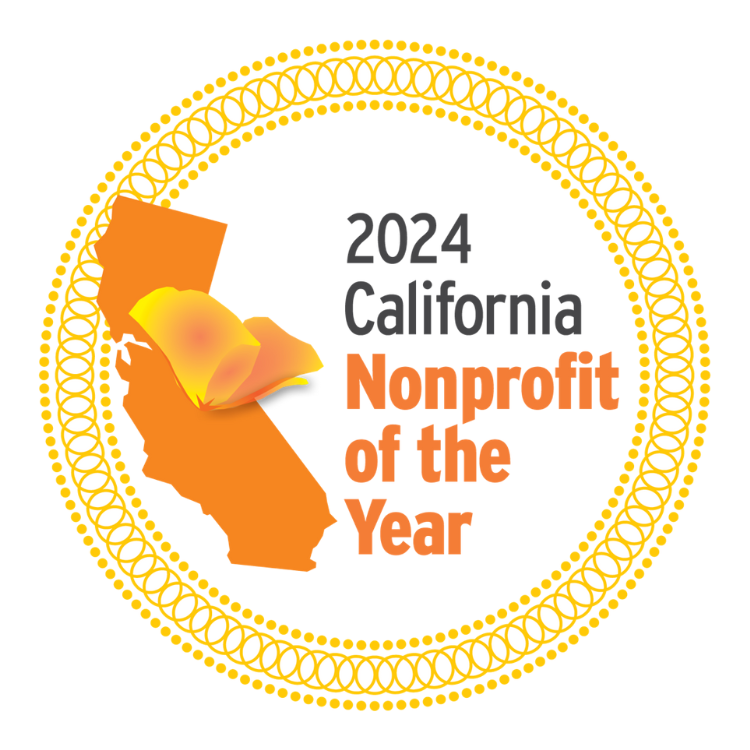PRESS RELEASE
OCT 13, 2022
The City of Newport Seeks Coastal Commission Approval for Controversial Dredging Project
- Orange County Coastkeeper says the City of Newport has misrepresented the dangers of the project and has not thoroughly considered alternatives.
- The California Coastal Commission will decide on the Newport CAD project’s permit on Friday, October 14.
On Friday, October 14, the California Coastal Commission will review a contentious Coastal Development Permit application that would significantly impact Newport Harbor.
The City of Newport Beach seeks to make a Confined Aquatic Disposal (CAD) facility to address underwater sediment accumulation. If approved, the CAD project would bury contaminated sediment dredged from nearby channels in the middle of Newport Harbor. Periodical dredging is necessary to keep the waterways deep enough for boat travel.
Orange County Coastkeeper, an environmental nonprofit committed to clean water, argues that the proposed CAD project is not the best option available for the following reasons:
- The City of Newport Beach has wrongfully characterized the sediment as harmless.
- The project’s thin proposed interim cap layer may lead to contamination due to burrowing marine life.
- The City has not thoroughly considered potential alternative projects.
Keeping the harbor safe for boat travel and recreational use is of utmost importance. However, the City should not rush to push through a project that is not the most environmentally-friendly or cost-effective option.
For more details on these core concerns, continue reading.
1. The City of Newport Beach has wrongfully characterized the sediment as harmless.
The City’s fact sheet claims that the dredged sediment is not considered hazardous or toxic but is still considered “unsuitable” to be disposed of in the EPA-approved ocean dumpsite off Newport’s coast. This selective word choice avoids the fact that this sediment contains considerably high levels of mercury.
The City also claims that the “unsuitable dredge material was not harmful to aquatic organisms.” However, the City’s environmental impact report shows bent nosed clams exposed to project material contained up to 106x the levels of PCBs, a highly carcinogenic chemical compound, versus the reference sediment. Similarly, mean DDT concentrations were up to 55.4x greater in sandworm tissue exposed to project material versus reference sediment.
2. The project’s thin proposed interim cap layer may lead to contamination due to burrowing marine life.
For the first two years of the CAD project, the City would utilize a 12-inch cap layer until the project’s final capping is complete. Coastkeeper is concerned that burrowing marine life and emergency anchoring could disturb this thin layer of sediment, releasing hazardous substances into the harbor.
The Coastal Commission’s staff recommends that the City do a visual check of the interim cap every four months to check for movement in the sediment. If evidence of a disturbance is found, the City must increase the cap layer to 18 inches. While Coastkeeper agrees with the need for interim cap monitoring, the initial layer should start at 18 inches rather than 12 inches to avoid potential contamination.
3. The City has not thoroughly considered potential alternative projects.
Since the CAD project’s initial cost estimate and environmental impact report, new conditions have been added, leading Coastkeeper to question if the project’s initial cost estimates are accurate. Coastkeeper notes that alternative projects, such as plans that would treat the sediment prior to disposal, have not been considered by the City.
QUOTES:
“There is no question that the channels in Newport Harbor need to be dredged and that the contaminated material needs to be properly disposed of,” said Ray Hiemstra, Associate Director of Programs at Orange County Coastkeeper. “However, after years of tracking this issue and providing feedback, the City’s proposed project is still inadequate. The CAD would have massive implications for our waters, and the City has not spent enough time considering this project’s impacts.”
LINKS:
- California Coastal Commission’s meeting information and agenda: https://www.coastal.ca.gov/meetings/agenda/#/2022/10
- Orange County Coastkeeper’s website: https://www.coastkeeper.org/
###
ORANGE COUNTY COASTKEEPER: Orange County Coastkeeper is a member of the International Waterkeeper Alliance, which has 241 different independent programs across 40 countries. Founded in 1999, the mission of Coastkeeper is to protect and promote sustainable water resources that are swimmable, drinkable, and fishable. Coastkeeper is a nonprofit clean water organization that serves as a proactive steward of our fresh- and saltwater ecosystems. We work collaboratively with diverse groups in the public and private sectors to achieve healthy, accessible, and sustainable water resources for the region. We implement innovative, effective programs in education, advocacy, restoration, research, enforcement, and conservation. For more information, visit www.coastkeeper.org or call 714-850-1965.






